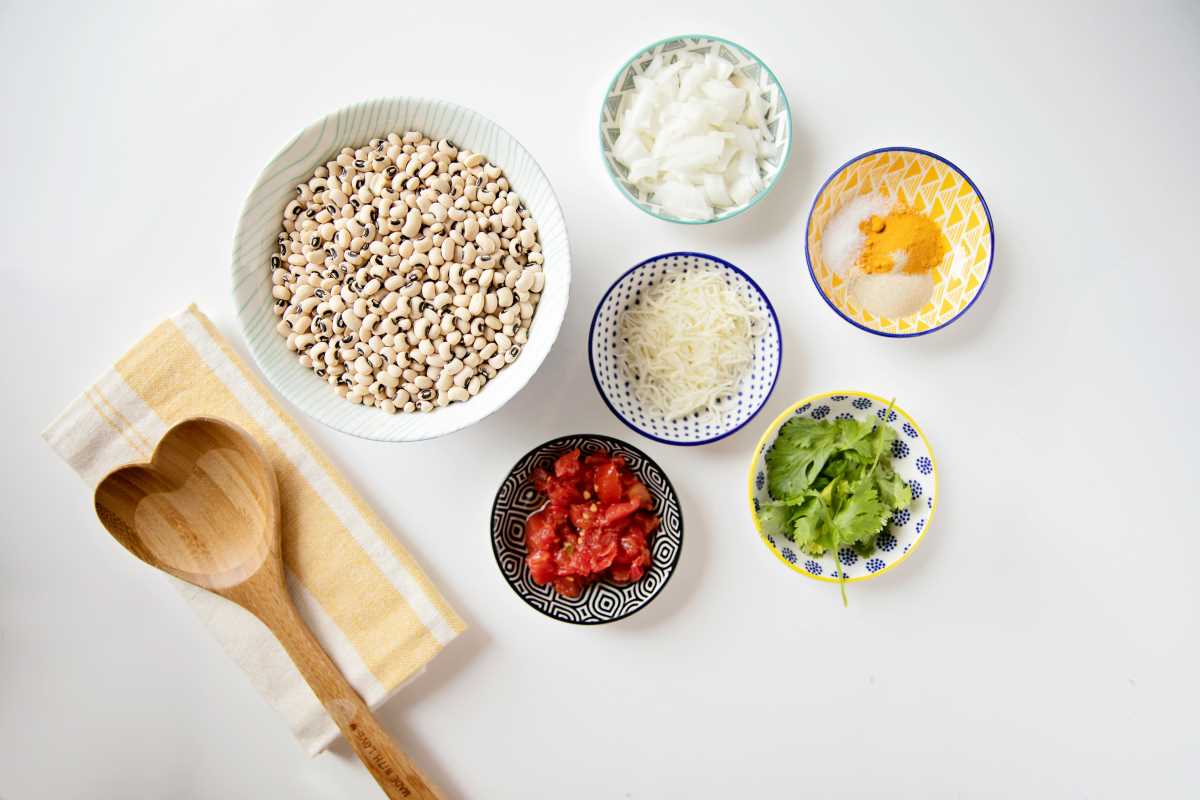Aging gracefully often comes down to keeping your body strong and mobile—and that includes your joints. Osteoarthritis (OA) is one of the most common conditions to affect joint health as we age. It’s that stiff, achy feeling in your knees or hands that many attribute to “just getting older.” But here’s the good news—while it’s not entirely preventable, there’s a lot you can do to reduce your risk of osteoarthritis and stay active well into your later years.
From boosting your diet to adding joint-friendly exercises, taking small, proactive steps can keep your joints healthier for longer. Here’s everything you need to know to give osteoarthritis the cold shoulder.
The Role of Diet in Preventing Osteoarthritis
Your joints are what you eat—well, kind of. A balanced diet full of anti-inflammatory foods helps prevent joint stress, promotes cartilage health, and supports your overall body weight, which is crucial for reducing pressure on your joints.
Foods That Support Your Joint Health
1. Fish for Omega-3s
Omega-3 fatty acids have powerful anti-inflammatory properties. Fatty fish like salmon, mackerel, and sardines can help reduce inflammation around your joints and protect cartilage from damage.
2. Leafy Greens and Veggies
Kale, spinach, broccoli, and Brussels sprouts are packed with antioxidants like vitamin C, which helps maintain collagen—a key component of cartilage. Plus, their anti-inflammatory properties can benefit your joints.
3. Berries and Vitamin-Rich Fruits
Fruits like strawberries, blueberries, and oranges are loaded with vitamin C and other antioxidants that combat inflammation. They’re also easy to snack on or add to breakfast.
4. Healthy Fats
Avocados, olive oil, and nuts like almonds and walnuts provide healthy fats that support inflammation control. Swapping butter for olive oil in your cooking is a simple way to boost your heart and joint health.
5. Whole Grains
Skip the white bread and opt for whole grains like oats, quinoa, and brown rice. Whole grains lower levels of a marker of inflammation (called CRP) in the blood.
6. Vitamin D and Calcium
Foods like dairy products, fortified cereals, salmon, and egg yolks are rich in calcium and vitamin D. They work together to strengthen bones, reduce joint stress, and improve overall joint function.
Foods to Limit or Avoid
- Sugary Drinks – Excess sugar can spike inflammation levels.
- Processed Foods – Think fast foods or pre-packaged snacks. They’re often loaded with inflammatory trans fats.
- Excessive Alcohol – While small amounts of alcohol might be fine, overdoing it increases inflammation and stress on your joints.
Easy Ways to Upgrade Your Diet
- Add spinach or kale to your morning smoothie.
- Choose salmon over red meat for dinner once a week.
- Snack on a handful of walnuts instead of chips.
- Replace sugary desserts with a refreshing berry salad.
Regular Movement to Keep Joints Happy
While rest is vital, too much inactivity can make your joints stiff and encourage muscle atrophy. Regular movement is like oil for your joints—it helps with flexibility, strengthens muscles around the joints, and promotes better weight management.
Joint-Friendly Exercises
1. Low-Impact Cardio
Exercises like walking, swimming, or cycling are gentle on the joints while improving overall strength and cardiovascular health. Swimming, especially, reduces joint strain while allowing for a full range of motion.
2. Strength Training
Building muscle around the joints provides better support and reduces stress on the cartilage. Focus on low-impact resistance exercises like using resistance bands or light weights.
3. Stretching and Flexibility Movements
Yoga or Pilates can help improve your flexibility and joint strength while reducing discomfort. These activities also emphasize balance, helping you avoid injuries that could speed up cartilage breakdown.
4. Range-of-Motion Activities
Simple movements like shoulder rolls or wrist circles improve flexibility and help prevent stiffness. Even a daily stretching routine for 5–10 minutes can make a noticeable difference over time.
Pro Tip for Beginners
Start slow and listen to your body. For example, if walking feels too intense, opt for aquatic exercises, which reduce joint pressure.
Managing Weight for Joint Health
Carrying extra pounds, especially for joints like your knees and hips, is like carrying around a heavyweight backpack all day—it’s exhausting and leads to faster cartilage degeneration.
Here’s a quick perspective: Losing just 10 pounds can remove about 40 pounds of pressure from your knees.
- Set Realistic Goals: Aim for gradual weight loss through sustainable habits.
- Portion Control: Eating smaller meals can help keep caloric intake in check.
- Daily Movement: A short walk after meals can aid both digestion and joint health.
Tips for Incorporating Healthy Habits
Trying to revamp your diet while adding exercise might sound like a lot, but it’s all about tiny tweaks that build up over time.
Start Small
- Swap one soda for water.
- Spend 10 minutes stretching in the morning to set the tone for the day.
- Add one serving of veggies to your lunch or dinner.
Make It Fun and Social
- Join a yoga or walking group to stay motivated.
- Try cooking new recipes as a family using joint-friendly ingredients.
- Use fitness trackers or apps to celebrate your progress (every step counts!).
Mix It Up
Repetition can get boring fast. Switch up your meals, workouts, or routines to keep engagement high. For instance, rotate between swimming and cycling, and try different ways to prepare greens or fish.
Taking Care of Your Joints, One Step at a Time
Osteoarthritis might not be entirely avoidable, but by nourishing your body with the right foods and staying active, you can significantly lower your risk and enjoy a higher quality of life as you age. Your joints work hard every day—returning the favor with a little TLC goes a long way.
Stay consistent with small, positive changes—they add up over time. After all, there’s nothing better than feeling strong and mobile as you tackle the adventures life throws your way.
Disclaimer: The content provided on SuperHealthyTips is for informational and educational purposes only. This information is not intended to be a substitute for professional medical advice, diagnosis, or treatment.
 (Image via
(Image via

.jpeg)



